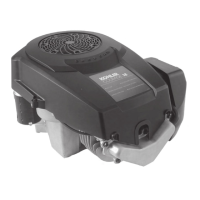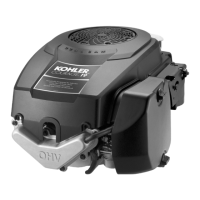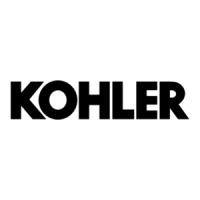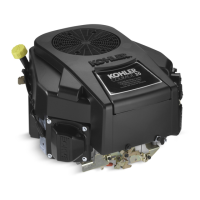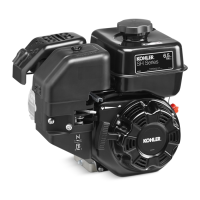5.1
Section 5
Fuel System and Governor
5
Section 5
Fuel System and Governor
Fuel Recommendations
WARNING: Explosive Fuel!
Gasoline is extremely flammable and its vapors can explode
if ignited. Store gasoline only in approved containers, in
well-ventilated, unoccupied buildings, away from sparks or
flames. Do not fill the fuel tank while the engine is hot or
running, since spilled fuel could ignite if it comes in contact
with hot parts or sparks from ignition. Do not start the
engine near spilled fuel. Never use gasoline as a cleaning
agent.
General Recommendations
Purchase gasoline in small quantities and store
in clean, approved containers. A container with a
capacity of 2 gallons or less with a pouring spout is
recommended. Such a container is easier to handle
and helps eliminate spillage during refueling.
• Do not use gasoline le over from the previous
season, to minimize gum deposits in your fuel
system and to ensure easy starting.
• Do not add oil to the gasoline.
• Do not overfill the fuel tank. Leave room for the
fuel to expand.
Fuel Type
For best results use only clean, fresh, unleaded
gasoline with a pump sticker octane rating of 87
(R+M)/2 or higher. In countries using the Research
Octane Number (RON), it should be 90 octane
minimum. Leaded gasoline is not recommended and
must not be used on EFI engines or on other models
where exhaust emissions are regulated.
Gasoline/Alcohol blends
Gasohol (up to 10% ethyl alcohol, 90% unleaded
gasoline by volume) is approved as a fuel for Kohler
engines. Other gasoline/alcohol blends including E20
and E85 are not to be used and not approved. Any
failures resulting from use of these fuels will not be
warranted.
Gasoline/Ether blends
Methyl Tertiary Butyl Ether (MTBE) and unleaded
gasoline blends (up to a maximum of 15% MTBE by
volume) are approved as a fuel for Kohler engines.
Other gasoline/ether blends are not approved.
Fuel System
The typical fuel system and related components
include the fuel tank, in-line fuel filter, fuel pump,
carburetor, and fuel lines. Some applications use
gravity feed without a fuel pump.
Operation
The fuel from the tank is moved through the in-line
filter and fuel lines by the fuel pump. On engines not
equipped with a fuel pump, the fuel tank outlet is
located above the carburetor inlet and gravity moves
the fuel.
Fuel then enters the carburetor float bowl and is
moved into the carburetor body. There, the fuel is
mixed with air. This fuel-air mixture is then burned in
the engine combustion chamber.
Troubleshooting
Use the following procedure to check if fuel is
reaching the combustion chamber.
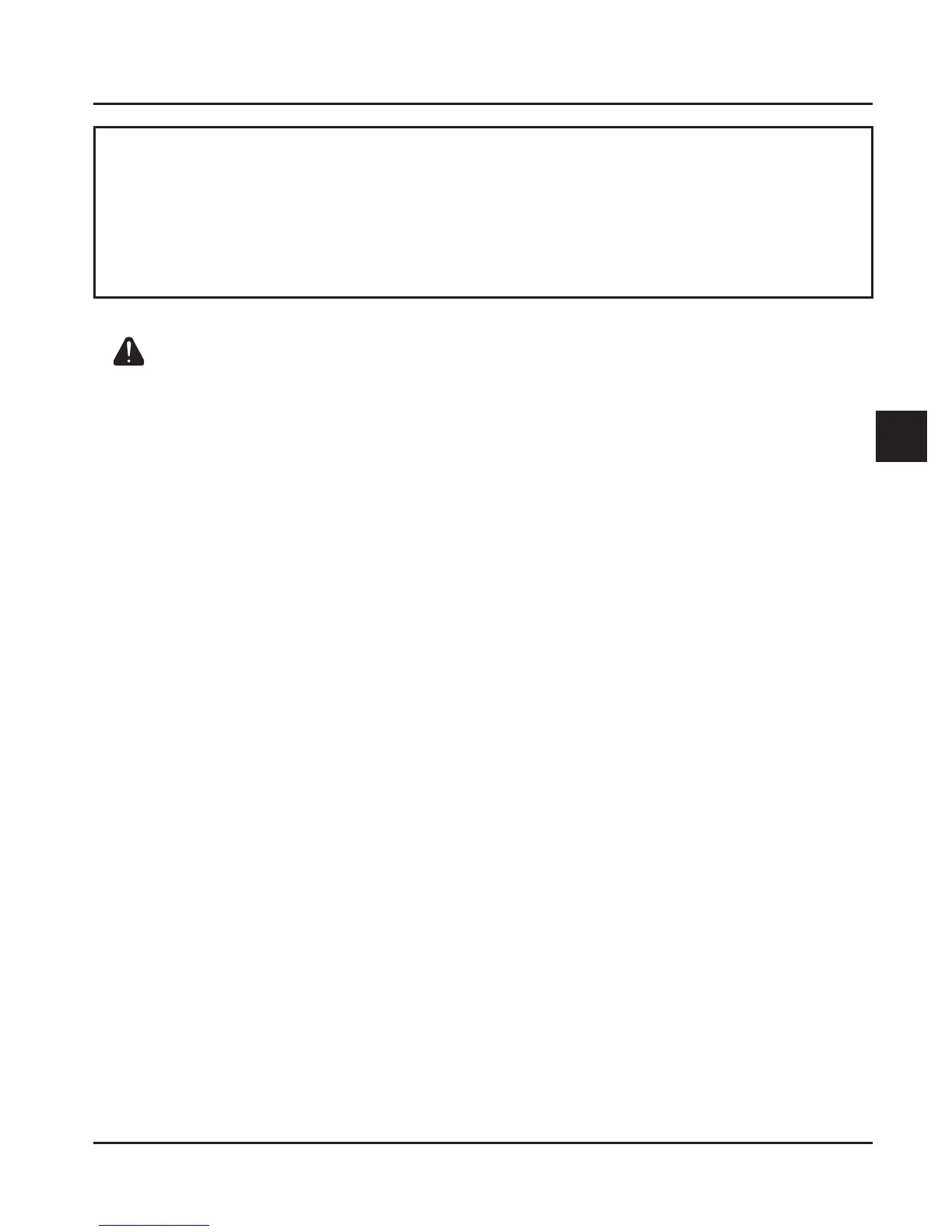